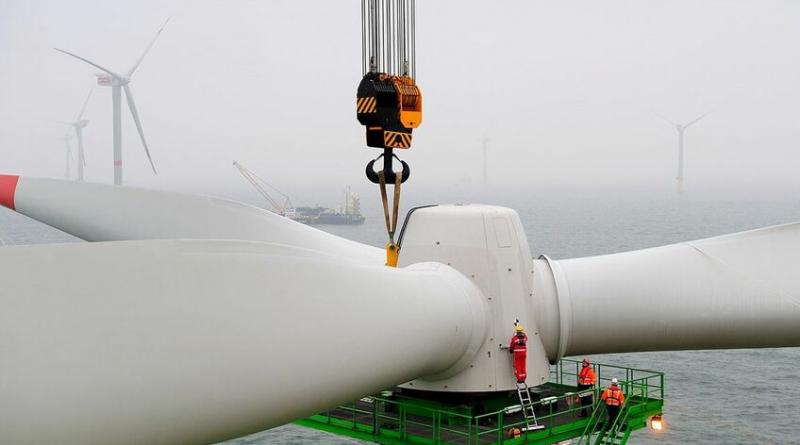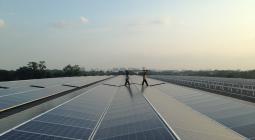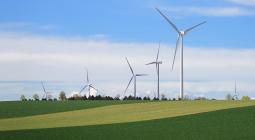Industrial Strategy ‘needs more strategic approach to renewable energy’.

Responding to publication of the European Commission’s ‘European Industrial Strategy’ on 10 March 2020, which aims to boost the competitiveness of European industry as it embarks on the twin green and digital transitions, WindEurope has called for wind energy to be ‘at heart of the strategy’ because of its strategic importance
The document is clear on the need for the EU to adopt a more strategic approach to the renewable energy industries in the context of ‘a substantial increase in the amount of electricity required by the twin transitions.’
It emphasises the crucial importance of clean and affordable energy and it recognises that the deployment of renewable energy capacity and the update of infrastructure will drive job creation.
WindEurope chief executive Giles Dickson said, “It is good the Commission has acknowledged the strategic role of renewables for the EU economy. Now is the time to take concrete measures.
“If the European Green Deal is to deliver climate neutrality by 2050, the EU needs to accelerate the deployment of wind energy.
“The Commission see wind being half of Europe’s electricity by 2050. And it will be a big part of the renewable hydrogen the EU wants more of.”
The document announced the establishment of a new Industrial Forum bringing together stakeholders, member states and EU institutions to consider industrial eco-systems in need of bespoke policy support.
“As a strategic sector the European wind industry, both onshore and offshore, needs to be represented in the Industrial Forum,” said Mr Dickson.
“The forum should draft the policies the European wind industry needs to thrive. This includes developing a European export strategy for renewables that looks not only at third country market access but also at how national export credit agencies can support the European industry in the face of state-financed Chinese competition.
“The forum should also consider how the concept of alliances can be leveraged to develop innovative renewable energy technologies.”
Responding to publication of the European Commission ‘Climate Law’ last week, WindEurope said the legislation is encouraging but the energy transition needs to accelerate to deliver climate neutrality by 2050.
“The proposal is an important step in the right direction,” WindEurope said. “The draft law also explicitly mentions a more ambitious greenhouse gas emissions reduction target of 50 to 55% by 2030 to be proposed by September.
“It enables the Commission to set out the trajectory for emissions reduction between 2030 and 2050 without having to table new legislation and it commits the Commission to assess any new EU legislation, and recommend changes to national policies, in light of the climate neutrality objective.
“The law also provides business with predictability which is critical to unlocking the necessary investments. But for Europe to achieve the ambitious goal of climate neutrality the energy transition must accelerate. Wind energy is ready to deliver and, with the right policies, create hundreds of thousands of jobs for a Green Deal ‘made in Europe.’
Mr Dickson said, “Wind is 15% of Europe’s electricity and Europe and now has 205 GW of wind capacity. The EU Commission see wind being 50% of Europe’s electricity in their climate-neutral vision for 2050. That means a five-times increase in wind energy capacity between now and then, which means doubling the rate at which new windfarms are being built.
“The Climate Law will help provide the long-term visibility that is crucial to unlock the necessary investments. But governments will also need to simplify their approach to planning and permitting and continue investing in power grids.”
*Title Photo :




